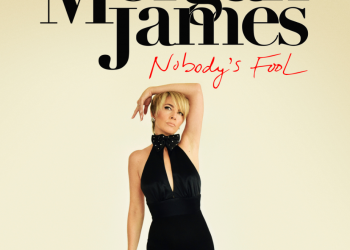Falsetto music, often referred to as “The Dream,” has been enchanting audiences for centuries. It’s a style of singing that uses the higher register of a singer’s voice and is known for its unique, ethereal sound. From traditional folk songs to modern R&B hits, falsetto music has captivated listeners with its dreamy melodies. In this article, we’ll explore the history and evolution of The Dream – Falsetto Music.
Falsetto singing dates back centuries and can be found in various musical styles from around the world. In classical opera, it was used to portray characters such as gods or angels who spoke in divine voices. Meanwhile, Western singers have long embraced falsetto as a way to exhibit their vocal range and express emotion through song. Many popular genres like soul and gospel also include elements of falsetto singing, creating an atmosphere that encourages passionate performance and audience engagement.
Today, falsetto remains an integral part of both traditional and contemporary music. Artists like Frank Ocean and Ty Dolla $ign make use of their signature high-register vocals to create memorable tracks that evoke feelings ranging from joy to sorrow. As we explore The Dream – Falsetto Music further, we will gain insight into how this timeless art form continues to shape our culture today.
History Of Falsetto Music
Falsetto music is a unique and captivating genre of vocal performance that has been around since the dawn of civilization. Its origins can be traced back to ancient Greece, where it was used in religious ceremonies and rituals. Through time, as different cultures developed their own versions of falsetto singing, its popularity spread worldwide.
The term ‘falsetto’ itself comes from the Italian word for false-sounding voice. It typically refers to a male singer’s ability to achieve a high pitch without going into his normal register—a technique often known as ‘head voice’. Falsetto singing has become increasingly popular over the years due to its emotive quality and range of expression. This style of singing allows singers to explore their full potential by pushing boundaries and creating something truly unique.
Falsetto music has had an influence on many genres throughout history, including pop, rock, jazz, classical, reggae, gospel, opera and more. Its impact on modern music is hard to ignore – some iconic performers like Michael Jackson have incorporated this type of singing into their repertoire with great success. From soulful ballads to upbeat dance tunes – falsetto music continues to capture hearts across generations today!
Characteristics Of Falsetto Music
Falsetto music has several distinct characteristics that set it apart from other genres. To begin, falsetto singers use their vocal cords differently than normal voices do. Instead of the diaphragm and chest muscles, they rely on their throat and upper-body muscles for support. This creates a unique sound that is often described as airy or breathy—a far cry from regular singing styles.
Another hallmark of this style of music is its range and versatility. Falsetto singers tend to have an impressive range and are able to hit notes most people could never reach without going into head voice. Furthermore, they can also transition between different pitches quickly and effortlessly—allowing them to express emotion in powerful ways through song.
The power of falsetto music lies in its ability to evoke strong emotions in listeners. Its ethereal quality transcends language barriers and cultural differences—connecting people around the world with its beauty and passion. From uplifting gospel hymns to hauntingly beautiful ballads, this genre continues to inspire generations today!
Conclusion
I. Conclusion
In conclusion, falsetto music is a unique and beautiful style of singing that has been around for centuries. It’s ability to convey emotion and express vulnerability makes it an extremely powerful tool in performing songs that touch on deeply personal topics or evoke strong feelings from listeners. As the range of genres using this type of vocal technique continues to expand, so does its reach among singers and fans alike. Whether you’re listening to it in your car, at a concert, or in church – there’s no denying that falsetto music can truly be transformative.
II. Benefits
The benefits of incorporating falsetto into one’s repertoire are numerous as well. Not only will learning how to use this vocal technique help you become more versatile as a singer, but it also gives you access to an entirely new set of sounds and emotions which can prove invaluable when creating new music.
III. Summary
Overall, the dream-like quality of falsetto music is something special indeed – adding layers of nuance and texture to any song or setting it’s used in. Despite its age-old roots, it still remains relevant today thanks to its versatility across many different styles and genres. So if you’re looking for something fresh and soulful to add to your musical arsenal, try out some falsetto! You won’t regret it!
Since 2005, Singersroom has been the voice of R&B around the world. Connect with us via social media below.








